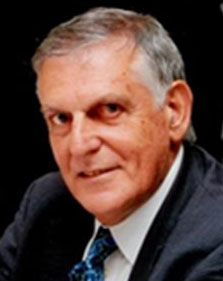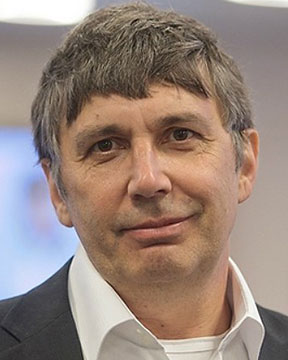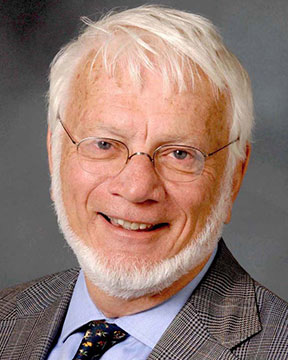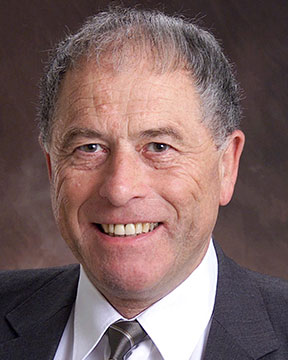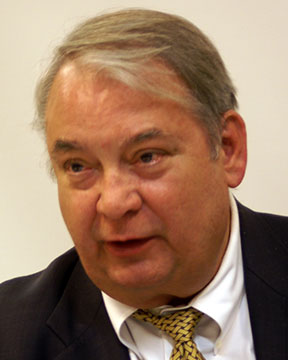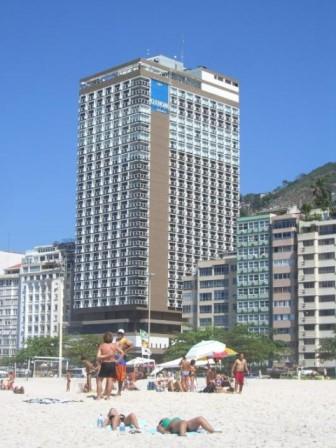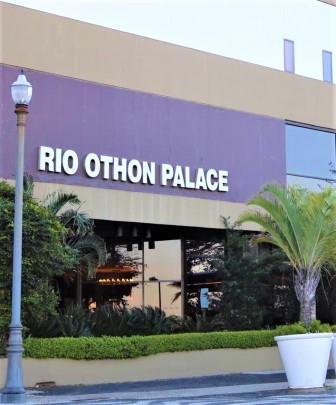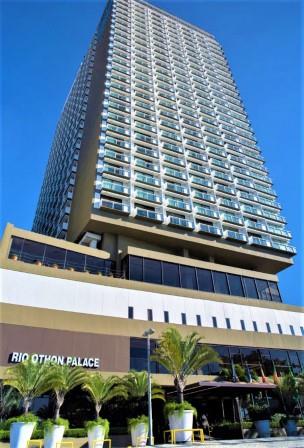ORALS
SESSION: ElectrochemistryWedAM-R2
| Amatore International Symposium on Electrochemistry for Sustainable Development |
| Wed Nov, 7 2018 / Room: Copacabana B (150/1st) | |
| Session Chairs: Meng Tao; Session Monitor: TBA |
12:10: [ElectrochemistryWedAM03] Invited
Actual Problems of the Electrochemistry of Metal Complexes - Fundamentals and Applications: Part 1 Arvydas
Survila1 ;
1Center for Physical Sciences and Technology, Vilnius, Lithuania;
Paper Id: 195
[Abstract] A systematic quantitative description of the main stages of the electrochemical process involving metal complexes is presented, and methods for taking into account the role of chemical stages are proposed.
The generalized model of mass transfer of chemically interacting particles is based on a system of differential equations containing both diffusion and kinetic terms [1]. The total surface concentration of metal-containing species can be determined at any kinetics of chemical steps using the convolution of current transients. Surface distribution of individual species depends on the degree of system liability. It serves as the basis for determining the surface concentrations that are used further in the analysis of the charge transfer kinetics. Based on the congruence of voltammograms and plots of potentiometric titration, the features of the processes occurring in labile systems are revealed. These are: development of cathodic pre-waves, anodic pseudo-limiting currents, double current maxima, etc. Methods for determining the composition of the electrochemically active complex (EAC) are substantiated taking into account the specificity of complex systems. Kinetic equations of direct and consecutive charge transfer are analyzed with their further transformation into Tafel plots normalized with respect to the EAC surface concentration. Prospects for extension of theoretical developments to other systems, in particular, to the processes of hydrogen evolution involving ligands as proton donors, are considered.
References:
[1] A. Survila, Electrochemistry of metal complexes. Applications from electroplating to oxide layer formation. Weinheim: WILEY, 2015. 304 p.
SESSION: ElectrochemistryWedAM-R2
| Amatore International Symposium on Electrochemistry for Sustainable Development |
| Wed Nov, 7 2018 / Room: Copacabana B (150/1st) | |
| Session Chairs: Meng Tao; Session Monitor: TBA |
12:35: [ElectrochemistryWedAM04] Invited
Actual Problems of the Electrochemistry of Metal Complexes - Fundamentals and Applications: Part 2 Arvydas
Survila1 ;
1Center for Physical Sciences and Technology, Vilnius, Lithuania;
Paper Id: 196
[Abstract] This report presents the main results of investigations of electrochemical processes involving complexes of various metals, such as copper, tin, zinc, cobalt. Particular attention is paid to systems containing ecological ligands: glycolic, malic, tartaric, citric, gluconic and other hydroxy acids.<br />The presence of pre-waves and double maxima on cathodic polarization curves obtained in the ligand-deficient solutions is experimentally confirmed. Kinetic parameters of charge transfer process are determined while taking into account the redistribution of species at the electrode surface [1]. In this case, the transformation of experimental voltammograms into normalized Tafel plots is used, which turn out to be close to linear, even in the case of very complex initial voltammograms. Similar data are given for the deposition of the Cu-Zn, Cu-Sn, Co-Sn, Co-Mo alloys. The characteristics and sequence of partial processes are analyzed, as well as their interaction under the codeposition conditions. The role of surfactants leading to the formation of surface complexes is demonstrated by the example of Cu and Sn codeposition in the presence of polyethers.<br />Brief information is provided on the account of side processes that often attend the reduction of metal complexes. Conditions for spontaneous formation of photosensitive surface Cu<sub>2</sub>O layers are established and their photoelectrochemical behavior is investigated. The appearance of current oscillations is demonstrated in the region of voltammogram characterized by negative impedance. The regularities of hydrogen evolution involving ligands as proton donors are discussed.
References:
[1]A. Survila, Electrochemistry of metal complexes. Applications from electroplating to oxide layer formation. Weinheim: WILEY, 2015. 304 p.
13:00 LUNCH


